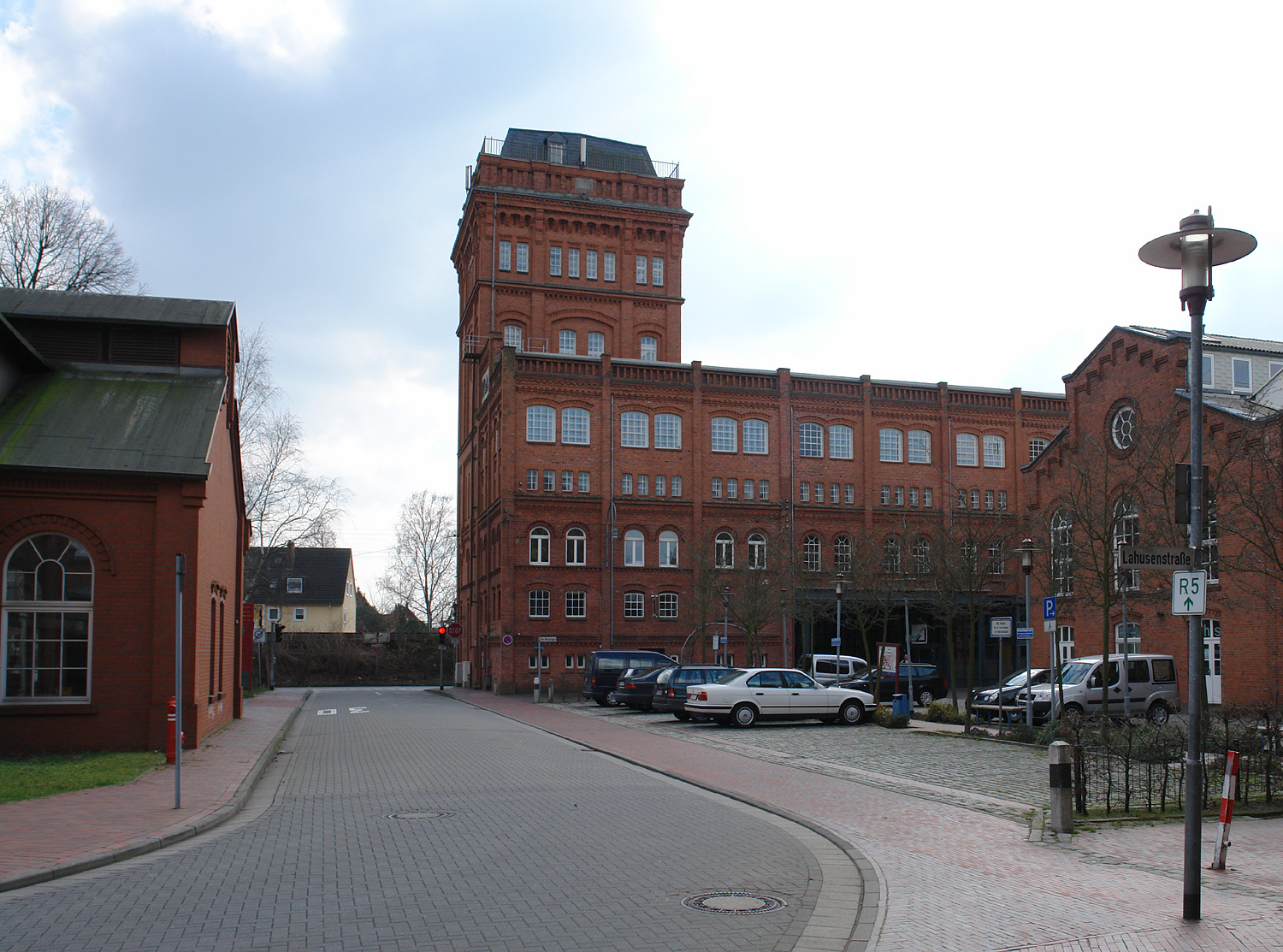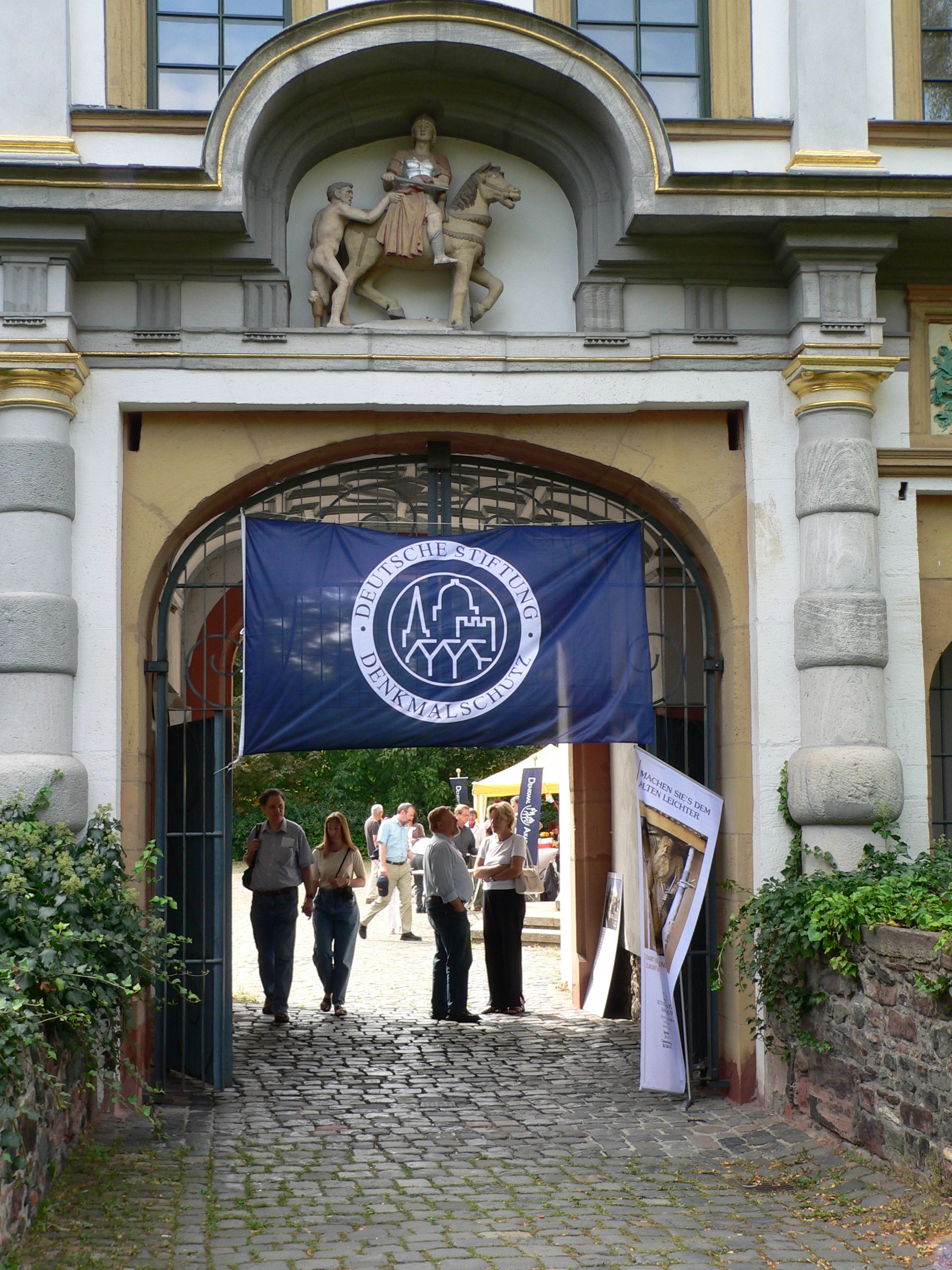|
Nordwolle
The Nordwolle or more correctly the Nordwolle museum or the ''Nordwestdeutsche Museum für IndustrieKultur'' is situated in and around the engine house of the former ''Norddeutsche Wollkämmerei & Kammgarnspinnerei'' in Delmenhorst. Nordwolle was a dominant company that processed wool and worsted, it closed between 1981 and 1984. The building and the factory housing is listed as a Denkmalschutz The museum is an Anchor point on the European Route of Industrial Heritage. History In 1884, Christian Lahusen, a textile manufacturer from Bremen, set up the ''Norddeutsche Wollkämmerei & Kammgarnspinnerei'' (North German Wool Combing and Worsted Spinning Mill) next to the railway line in Delmenhorst, which brought wool from Bremen docks. The family business expanded into a major concern producing a quarter of all the world's rough yarn and employed almost 4,500 workers in the complex. Labour came from Eastern Europe. Between 1885 and 1905 the population of Delmenhorst tripled cau ... [...More Info...] [...Related Items...] OR: [Wikipedia] [Google] [Baidu] |
Delmenhorst
Delmenhorst (; Northern Low Saxon: ''Demost'') is an urban district (''Kreisfreie Stadt'') in Lower Saxony, Germany. It has a population of 74,500 and is located west of downtown Bremen with which it forms a contiguous urban area, whereas the city of Oldenburg is to the northwest. The city has a total area of ; and a population density of approx. 1200 inhabitants per km². Since 2021 the mayor has been Petra Gerlach (CDU). History Delmenhorst was first mentioned in a charter in 1254, after the Count of Oldenburg, Otto I, bought the place near the river Delme in 1234. A castle to protect the newly founded settlement was established in about 1247. The following count, Otto II, made the castle his residency; Delmenhorst was declared an independent town on 15 July 1371 under Bremen's law. After a short period under the governance of the bishop of Bremen from 1421 to 1436 Delmenhorst returned under the custody of Oldenburg. Delmenhorst later was infamous for its robber-baronshi ... [...More Info...] [...Related Items...] OR: [Wikipedia] [Google] [Baidu] |
European Route Of Industrial Heritage
The European Route of Industrial Heritage (ERIH) is a tourist route of the most important industrial heritage sites in Europe. This is a tourism industry information initiative to present a network of industrial heritage sites across Europe. The aim of the project is to create interest for the common European heritage of the Industrialisation and its legacy. ERIH also wants to promote regions, towns and sites showing the industrial history and market them as visitor attractions in the leisure and tourism industry. History The concept of using a European Route of Industrial Heritage was born in 1999; it was recognised there had been no single event to shape the European landscape greater than the industrial revolution. That changed the working culture of all Europeans, and gave common experiences to communities across Europe whether it be deep mine coal working in the Rühr or South Wales. Four countries, Great Britain, Belgium, Germany and the Netherlands successfully applied for E ... [...More Info...] [...Related Items...] OR: [Wikipedia] [Google] [Baidu] |
Museum
A museum ( ; plural museums or, rarely, musea) is a building or institution that cares for and displays a collection of artifacts and other objects of artistic, cultural, historical, or scientific importance. Many public museums make these items available for public viewing through exhibits that may be permanent or temporary. The largest museums are located in major cities throughout the world, while thousands of local museums exist in smaller cities, towns, and rural areas. Museums have varying aims, ranging from the conservation and documentation of their collection, serving researchers and specialists, to catering to the general public. The goal of serving researchers is not only scientific, but intended to serve the general public. There are many types of museums, including art museums, natural history museums, science museums, war museums, and children's museums. According to the International Council of Museums (ICOM), there are more than 55,000 museums in 202 countrie ... [...More Info...] [...Related Items...] OR: [Wikipedia] [Google] [Baidu] |
Wool
Wool is the textile fibre obtained from sheep and other mammals, especially goats, rabbits, and camelids. The term may also refer to inorganic materials, such as mineral wool and glass wool, that have properties similar to animal wool. As an animal fibre, wool consists of protein together with a small percentage of lipids. This makes it chemically quite distinct from cotton and other plant fibres, which are mainly cellulose. Characteristics Wool is produced by follicles which are small cells located in the skin. These follicles are located in the upper layer of the skin called the epidermis and push down into the second skin layer called the dermis as the wool fibers grow. Follicles can be classed as either primary or secondary follicles. Primary follicles produce three types of fiber: kemp, medullated fibers, and true wool fibers. Secondary follicles only produce true wool fibers. Medullated fibers share nearly identical characteristics to hair and are long but lack c ... [...More Info...] [...Related Items...] OR: [Wikipedia] [Google] [Baidu] |
Worsted
Worsted ( or ) is a high-quality type of wool yarn, the fabric made from this yarn, and a yarn weight category. The name derives from Worstead, a village in the English county of Norfolk. That village, together with North Walsham and Aylsham, formed a manufacturing centre for yarn and cloth in the 12th century, when pasture enclosure and liming rendered the East Anglian soil too rich for the older agrarian sheep breeds. In the same period, many weavers from the County of Flanders moved to Norfolk. "Worsted" yarns/fabrics are distinct from woollens (though both are made from sheep's wool): the former is considered stronger, finer, smoother, and harder than the latter. Worsted was made from the long-staple pasture wool from sheep breeds such as Teeswaters, Old Leicester Longwool and Romney Marsh. Pasture wool was not carded; instead it was washed, gilled and combed (using heated long-tooth metal combs), oiled and finally spun. When woven, worsteds were scoured but not fulled. ... [...More Info...] [...Related Items...] OR: [Wikipedia] [Google] [Baidu] |
Denkmalschutz
The ''Deutsche Stiftung Denkmalschutz'' ("German Foundation for Monument Protection") is a German private initiative founded in 1985 that works for the preservation of cultural heritage in Germany and to promote the idea of cultural heritage management. Background Since 1900, when Georg Dehio published his ''Handbook of German Art Heritage'', Germany has not had a central list of National Heritage Sites. Each of the sixteen states keeps their own set of lists and many towns and cities keep their own lists, all based on varying criteria for inclusion. Monument protection Denkmalschutz works to coordinate efforts, promote public awareness, and also to act as a central contact for worldwide organizations such as UNESCO World Heritage. They also organize and fund the European Heritage Days in Germany, which are called Tag des offenen Denkmals. This "open monument day" has been held yearly with a different theme since 1993 on the second Sunday of September. For example, in 2011 ... [...More Info...] [...Related Items...] OR: [Wikipedia] [Google] [Baidu] |
Bremen
Bremen (Low German also: ''Breem'' or ''Bräm''), officially the City Municipality of Bremen (german: Stadtgemeinde Bremen, ), is the capital of the German state Free Hanseatic City of Bremen (''Freie Hansestadt Bremen''), a two-city-state consisting of the cities of Bremen and Bremerhaven. With about 570,000 inhabitants, the Hanseatic city is the 11th largest city of Germany and the second largest city in Northern Germany after Hamburg. Bremen is the largest city on the River Weser, the longest river flowing entirely in Germany, lying some upstream from its mouth into the North Sea, and is surrounded by the state of Lower Saxony. A commercial and industrial city, Bremen is, together with Oldenburg and Bremerhaven, part of the Bremen/Oldenburg Metropolitan Region, with 2.5 million people. Bremen is contiguous with the Lower Saxon towns of Delmenhorst, Stuhr, Achim, Weyhe, Schwanewede and Lilienthal. There is an exclave of Bremen in Bremerhaven, the "Citybremian Overseas Port ... [...More Info...] [...Related Items...] OR: [Wikipedia] [Google] [Baidu] |
Factory Town
A mill town, also known as factory town or mill village, is typically a settlement that developed around one or more mills or factories, usually cotton mills or factories producing textiles. Europe Italy * ''Crespi d'Adda'', UNESCO World Heritage Site * ''Nuovo quartiere operaio'' in Schio * ''Villaggio Leumann'' a Collegno * ''Villaggio Frua'' in Saronno * ''Villaggio operaio della Filatura'' in Tollegno Poland Żyrardów The town grew out of a textile factory founded in 1833 by the sons of Feliks Lubienski, who owned the land where it was built. They brought in a specialist from France and his newly designed machines. He was French inventor, Philippe de Girard from Lourmarin. He became a director of the firm. The factory town developed during the 19th century into a significant textile mill town in Poland. In honour of Girard, 'Ruda Guzowska' as the original estate was called, was renamed Żyrardów, a toponym derived of the polonised spelling of Girard's name. Most of ... [...More Info...] [...Related Items...] OR: [Wikipedia] [Google] [Baidu] |
Houldsworth Model Village
Houldsworth Model Village was a model village situated in the centre of Reddish, 3 miles north of Stockport in the North of England. It was built by William Houldsworth, for the benefit of his employees at Houldsworth Mills. The first of Houldsworth's mills was completed in 1865. In 1874 work was completed on an institute, which is still standing and now called Houldsworth Working Men's Club. The institute was designed by architect Abraham Henthorn Stott who also designed Houldsworth's Mills, however it was a different architect, Alfred Waterhouse Alfred Waterhouse (19 July 1830 – 22 August 1905) was an English architect, particularly associated with the Victorian Gothic Revival architecture, although he designed using other architectural styles as well. He is perhaps best known f ... who designed St Elisabeth's church, rectory and school, which were built shortly after. Alfred Waterhouse had just carried out extensive improvements on William Houldsworth's newly acquir ... [...More Info...] [...Related Items...] OR: [Wikipedia] [Google] [Baidu] |





